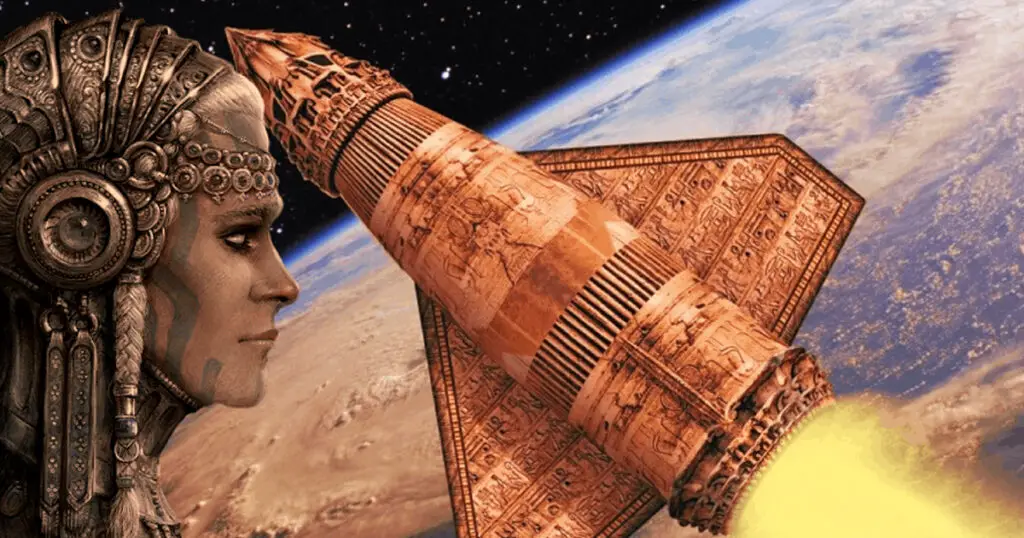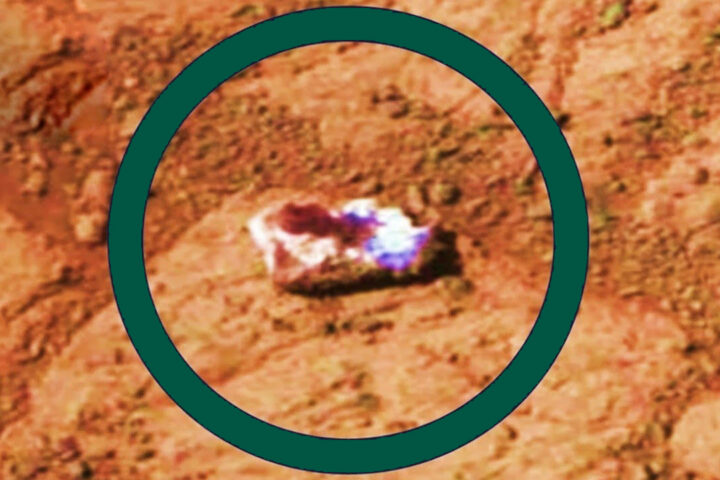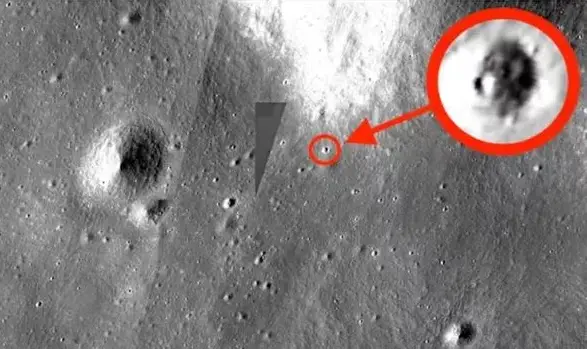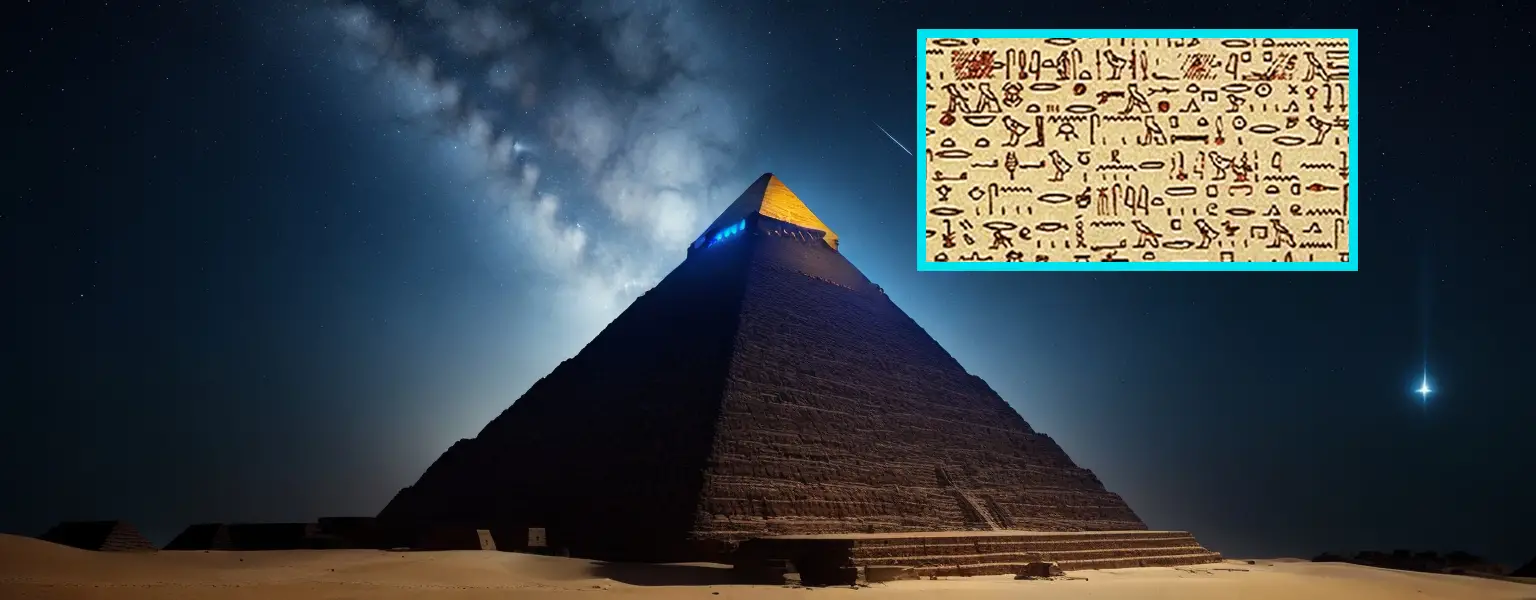During a 2016 business visit to Dhi Qar, Iraqi Transport Minister Kazim Finjan dropped a bombshell. He proclaimed that the ancient Sumerians not only had their own spaceport but also ventured into the solar system.
The Sumerians established a flourishing civilization nestled between the Tigris and Euphrates rivers in Mesopotamia, which later became known as Babylonia. This region is now part of modern-day Iraq and Syria.
Matching the grandeur of Egypt’s pyramids, the Sumerian pyramids or ziggurats have been subjects of various speculations, including those from ufologists. Few, however, expected the kind of announcement the official made.
These ziggurats in ancient Mesopotamia were designed to elevate temples closer to the heavens. They symbolized the nexus between the celestial and the terrestrial realms.

The pantheon of deities revered by the Sumerians was vast. Among them were sky gods like Enki, Enlil, Lord Wind, Inanna, the celestial queen, Utu, Sin, and deities of other domains like water, wisdom, mischief, craft, and creation – Anu, Enki, and Enlil.
Pioneers in many fields, the Sumerians are credited with the invention of the wheel, cuneiform script, basic mathematics, irrigation, and even brewing beer, to name a few.
Minister Finjan asserted that ancient cities like Eridu and Ur were home to the earliest airports and launch pads for spaceships over 7000 years ago. However, he didn’t elaborate on the origins of this knowledge or why tangible evidence remains elusive.

During a visit to the Sumerian exhibit at the Iraqi Museum in Baghdad, Professor Kamal Aziz Ketuly encountered three clay tablets inscribed with cuneiform and illustrations dating back to around 3000 BC. He alleges that one of these tablets depicted a heliocentric representation of our solar system.
Moreover, around 3000 BC, the Mesopotamians had a well-defined calendar indicating their lunar observations. This ancient civilization was known to have identified and researched celestial bodies including the Sun, Moon, visible planets, and other astronomical events. The planets they identified included Mercury, Venus, Mars, Jupiter, and Saturn.

Various theories try to elucidate the purpose behind the multi-tiered ziggurats. One popular belief is that each layer was added to preserve the sanctity of the structure, intended for the gods, by building atop the existing layer.
The number of platforms in a ziggurat might signify its hierarchical importance. It’s noteworthy that Lower Mesopotamia lacked minerals and flora. With the Sumerians being active traders, it’s a puzzle as to where they might have sourced materials for a supposed spacecraft.
The mists of time will keep many truths obscured. If the Sumerians had indeed achieved such feats, perhaps they would have journeyed beyond Earth long ago.










